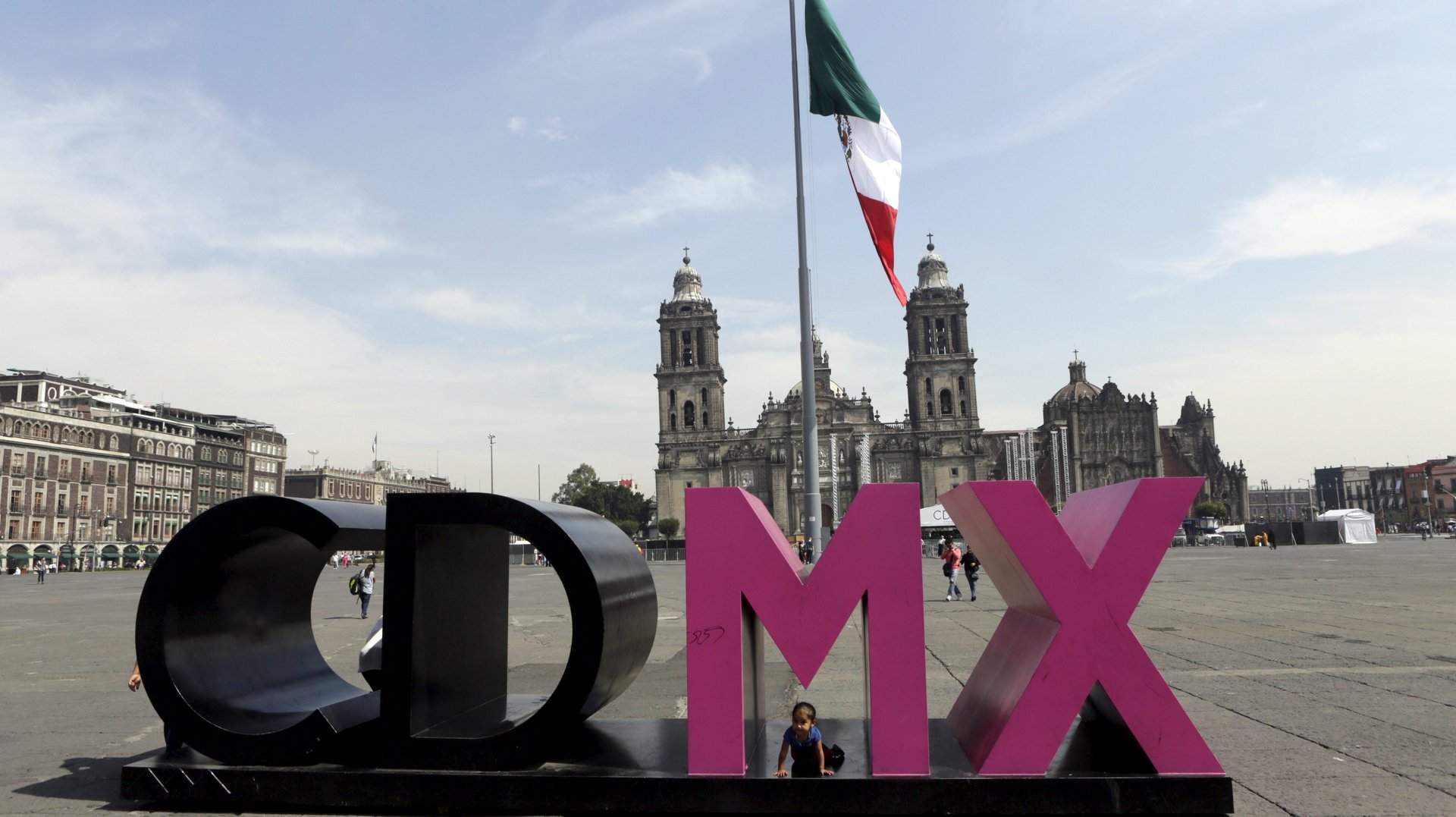Another reason people outside the US are wary of “America First”: the semantics
It has long been a sore point south of the Rio Grande that Americans—or estadounidenses, literally united staters, as Latin Americans prefer to call them—have co-opted the name “America” for their country. To many outside of the 50 United States, America is not a nation, but rather the entire region stretching from Alaska to Patagonia.


It has long been a sore point south of the Rio Grande that Americans—or estadounidenses, literally united staters, as Latin Americans prefer to call them—have co-opted the name “America” for their country. To many outside of the 50 United States, America is not a nation, but rather the entire region stretching from Alaska to Patagonia.
The semantics add a layer of offense to US president Donald Trump’s “America First” motto. Surely it’s not the most alarming thing Trump’s southern neighbors have heard from the White House in recent weeks. But it’s representative of the split in world view between the US and the 30-plus nations in its longitudinal neighborhood.
A new ad for Mexican beer brand Corona captures the consternation. It shows postcard-worthy images of the colorful diversity of North, Central, and South America. “Stop using our name to generate divisions,” says the voiceover. “That’s not what we are. We are the land of mixture. We are the continent that touches the two poles.” It’s part of a campaign called Desfronterizate, or unborder yourself. (Another beer company, Tecate, also used Trump’s border obsession to plug its brand during one of the US presidential debates.)
As it turns out, the term “America” has a long history of controversy. The most widely accepted explanation is that it comes from the name of Italian explorer Amerigo Vespucci—Americus Vesputius in Latin—who traveled to South America at the turn of the 16th century. German cartographer Martin Waldseemüller decided to label the continent in Vespucci’s honor in his version of the world map, which was widely circulated.
But many saw it an injustice that the name not be attributed to Christopher Columbus, who set foot in the region first. In 1875, geologist Jules Marcou published an article arguing that “America” really came from a Nicaraguan mountain chain known as Amerrique, a name Columbus heard during his encounters with the continent’s native inhabitants. He theorized that Waldseemüller got confused about where the name had come from. “It is well chosen, also, as it probably was heard by the great Admiral Colombo on his fourth voyage, the illustrious discoverer of the New World being the first European who heard and pronounced the word Americ or Amerrique, although we have no material certainty of this,” wrote Marcou.
But the real name of the Nicaraguan mountain chain, points out one George C. Hurlbut, who tracked the origins of “America” in a paper published in the Journal of the American Geographical Society of New York in 1886, is Amerrisque.” He thus concludes that Marcou got his story wrong.
The wrangling over the name did not end there. In the early 1900s, an English antiquarian forwarded yet another theory, that America was a derivation of the name of Richard Ameryk, a customs collector at the Port of Bristol. His story goes like this: After landing in Canada in 1497—accidentally thinking it was Asia—and claiming the land for England, British explorer John Cabot received a pension. Although the money came from the king, it was handed to him by Ameryk as part of his official duties. Cabot, in gratitude, named the land after Ameryk.
Adherents of the Ameryk theory continued to promote it. Others, like Marcou, still speculate the word is derived from indigenous words.
Regardless of its origin, what we know for sure is that the US founding fathers adopted the word as part of their new country’s official name: the United States of America.